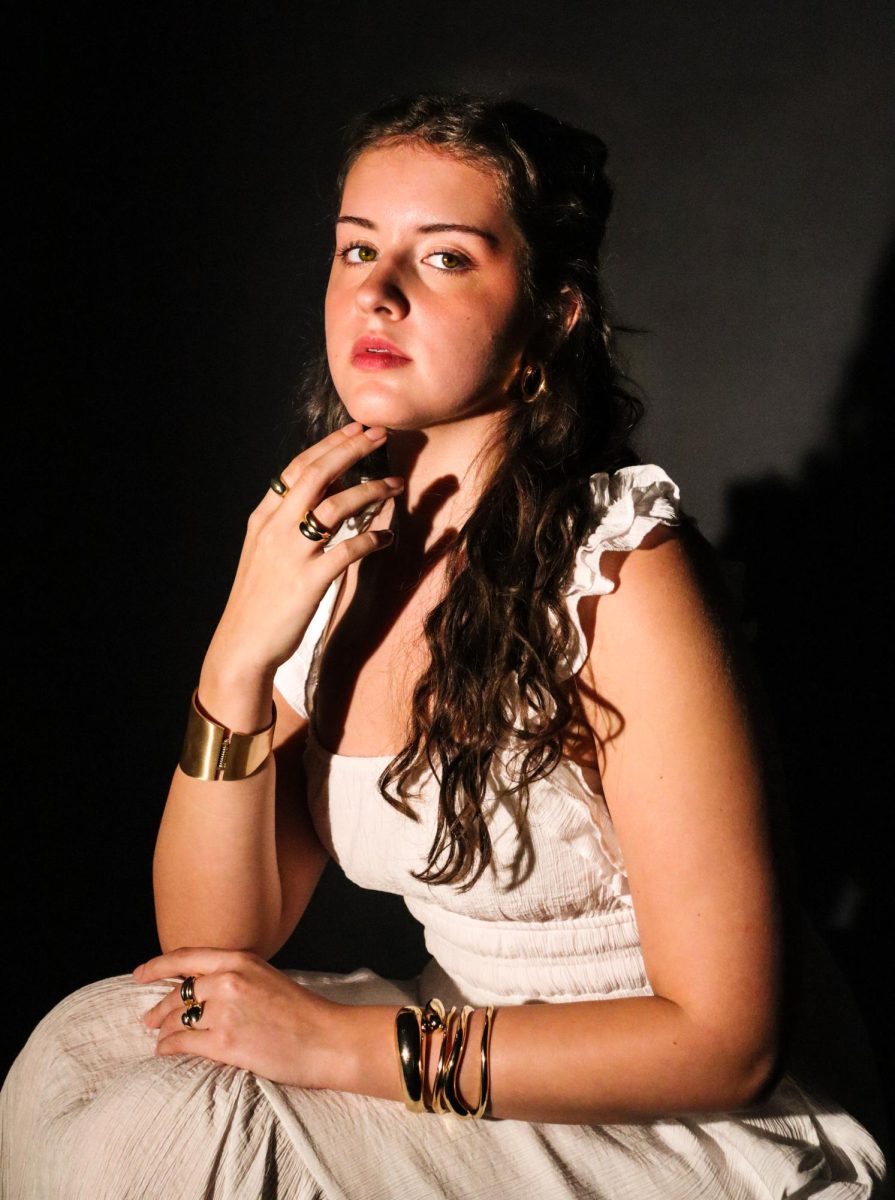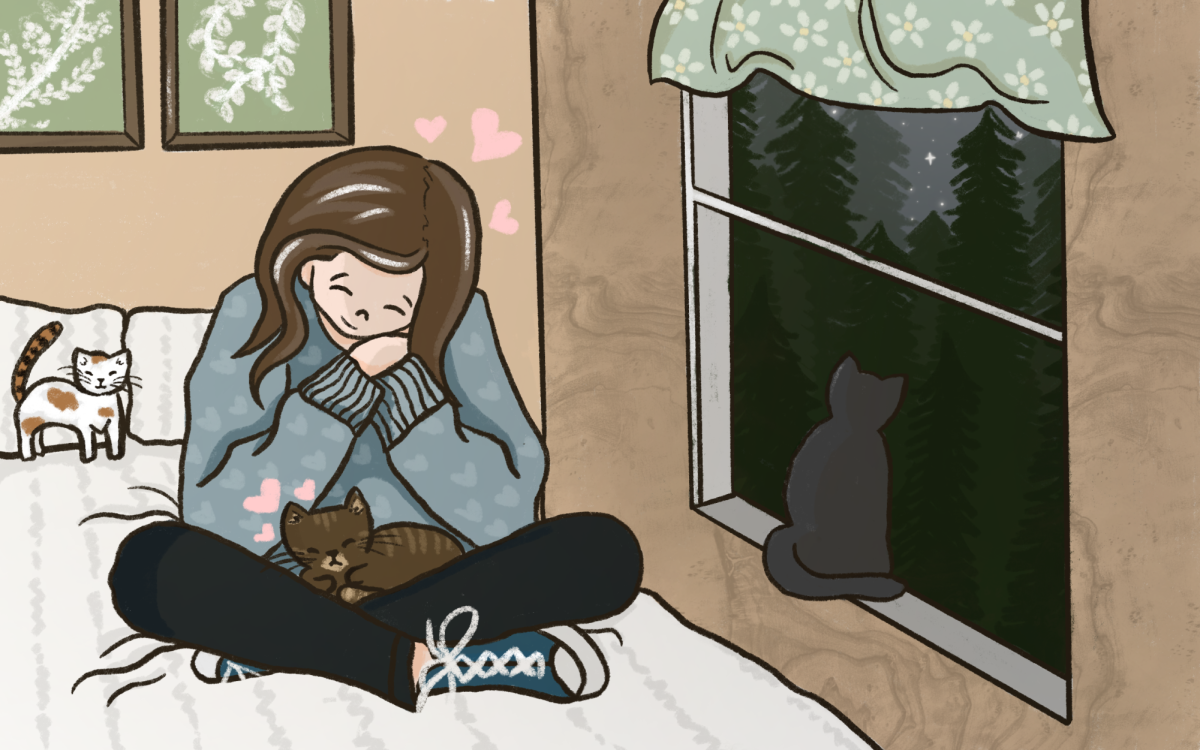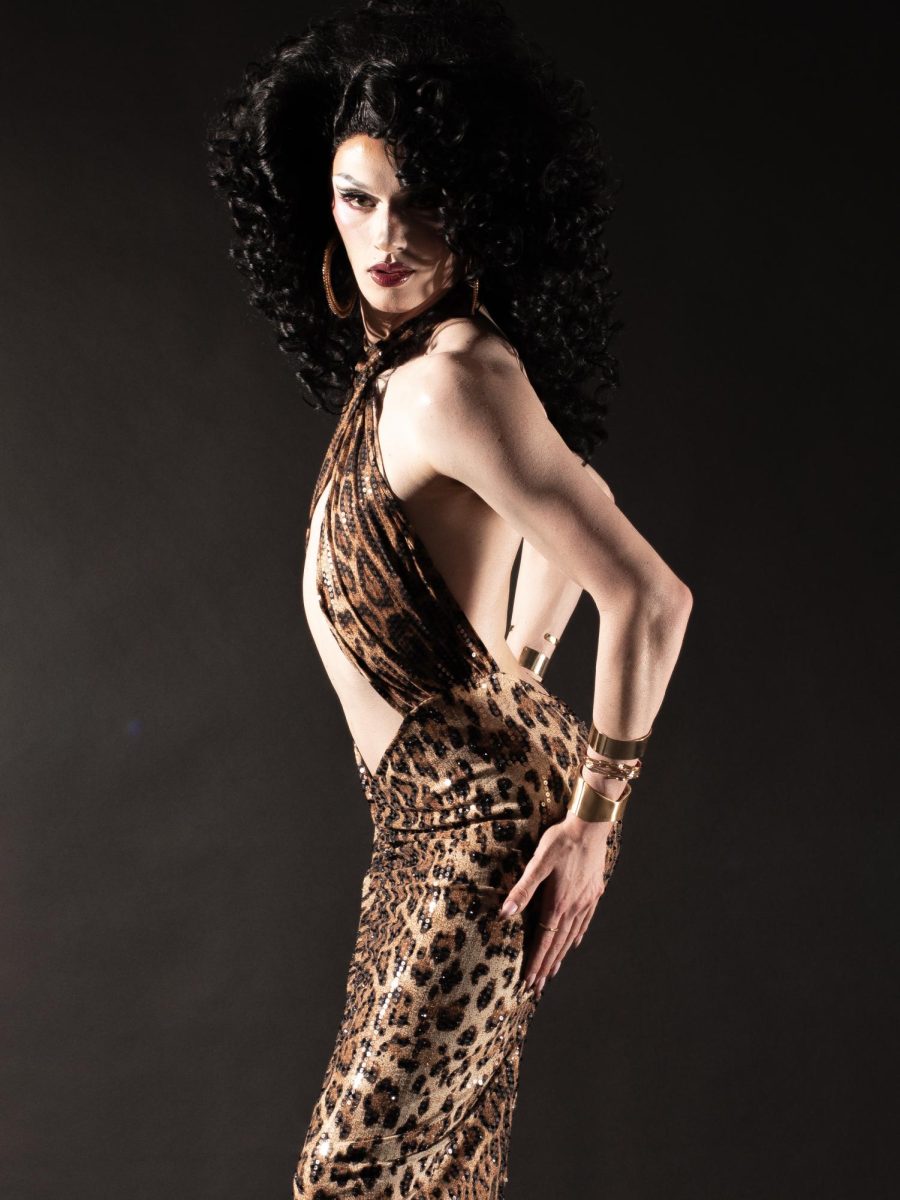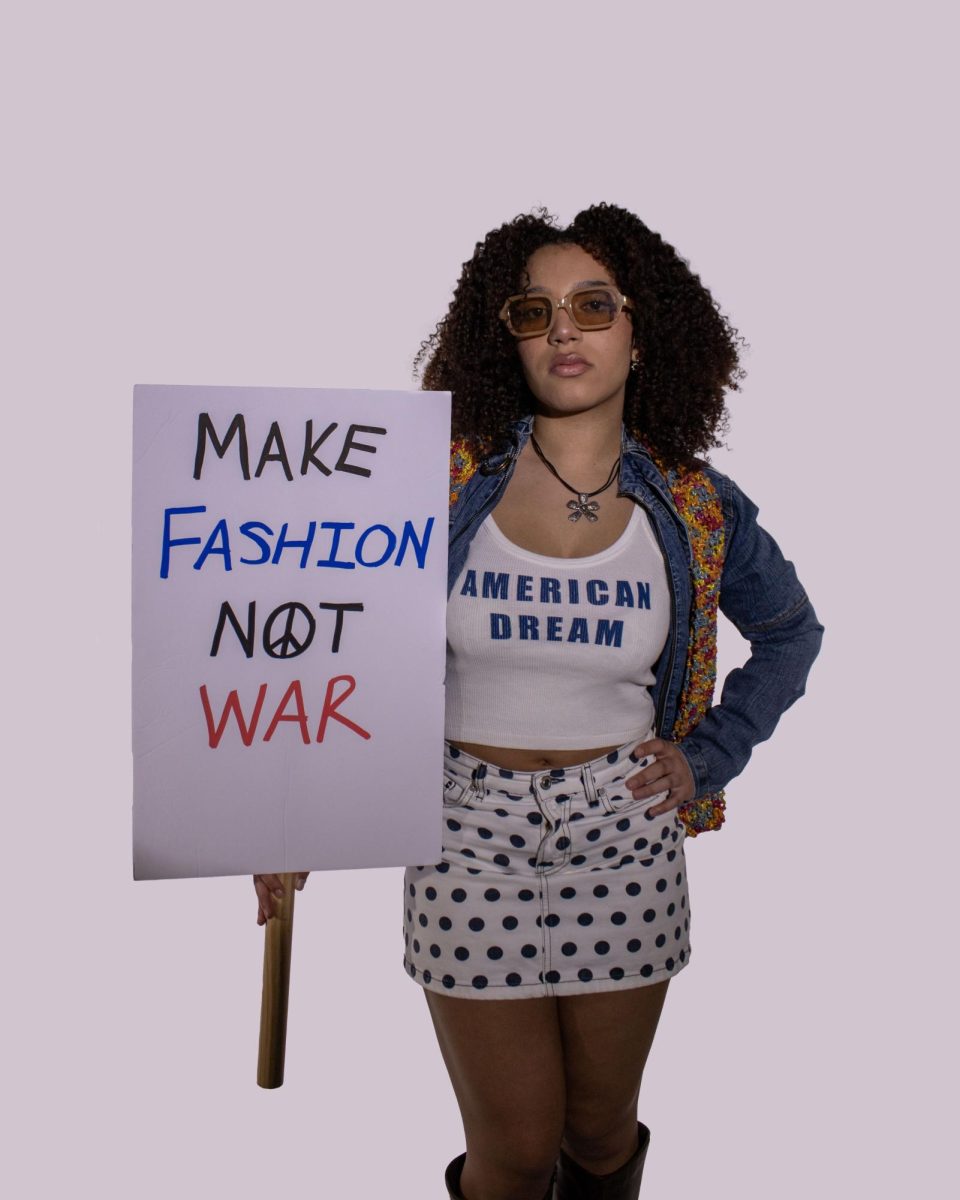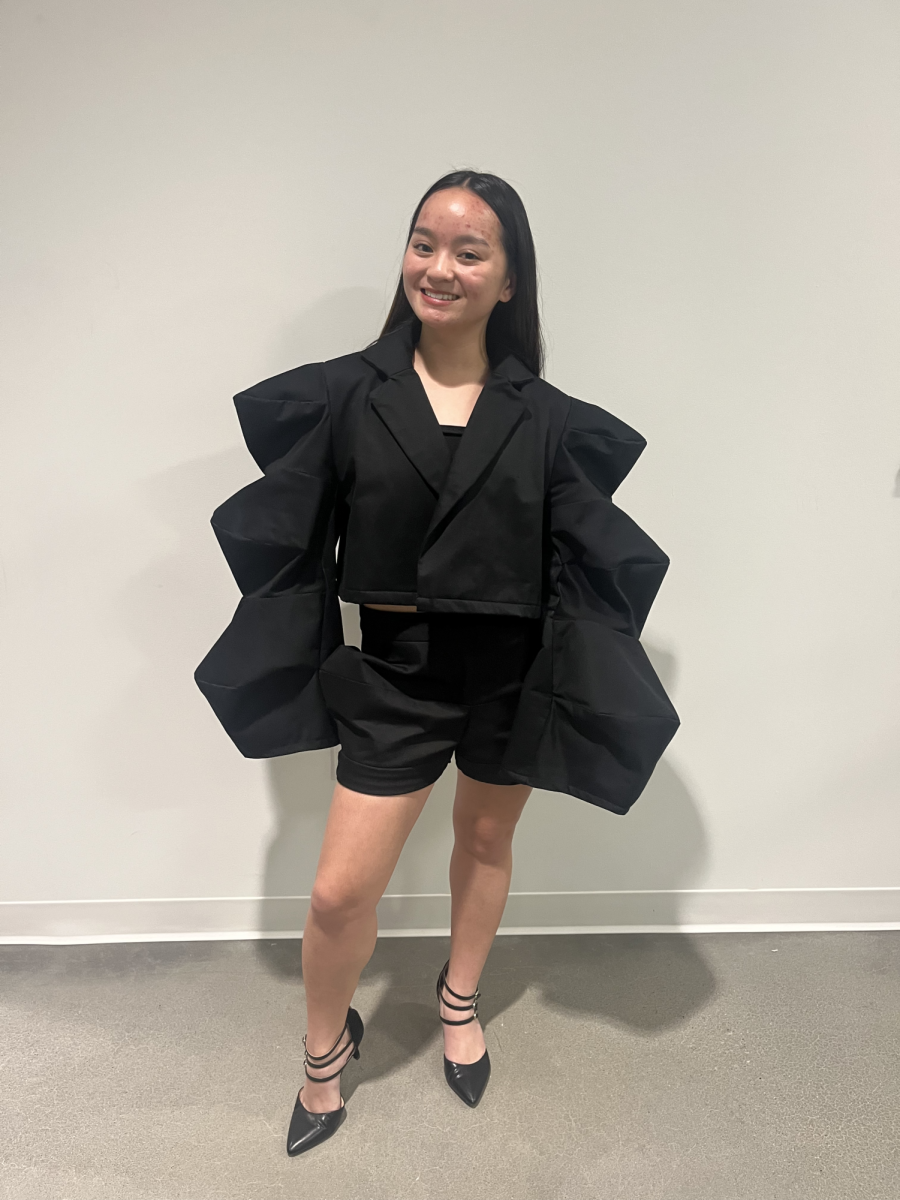Color psychology is when people feel a connection between color and emotions. It explains why many people have color associations, like red with love and yellow with happiness.
In an article written in WebMD, writer Stephanie Nicola described how international research backs up the association between color and emotions.
“While the specific feelings can vary individually and by culture, the fact that people connect color with emotion is universal,” Nicola said. “Since emotions and colors are closely tied together, it isn’t surprising that viewing colors will evoke feelings.”
Filmmakers use this psychological connection to their advantage, letting color psychology assist in guiding the audience through emotional arcs in stories. Film costume designers explore color psychology in fashion and how each color will affect their audience.
The color black is typically associated with mystery and darkness, as in films like The Addams Family, where the characters delight in the disturbing and grim parts of life. Black is also used to symbolize wealth and sophistication. Despite their eccentricity, the affluent family maintains an elegant demeanor.
In films like Black Swan, the color white in fashion symbolizes purity in characters. The protagonist is dressed mostly in white and only performs well as the White Swan, signaling her naivete. As she navigates transforming into the Black Swan, the color palette of her wardrobe goes hand in hand with the darkness she begins to embrace.
Red represents intense feelings like anger, love or passion. Characters wearing red often do so as a symbol of power or seduction. Red is a strong choice in film wardrobes, commanding the attention of other characters and viewers alike.
The symbol of red has become iconic in film. Entertainment Weekly wrote an article ranking 20 of the most showstopping red dresses, including images of Emma Stone in “Cruella,” Nicole Kidman in “Moulin Rouge!” and Julia Roberts in “Pretty Woman.” All of these women wear red dresses at significant moments in their journeys, when the fiercest parts of their personalities are shown.
Pink has traditionally been used to showcase an innocent femininity in characters. In “Mean Girls,” the color is repeatedly emphasized as Cady begins to enter what she describes as the “girl world.”
While the use of pink in films communicates sweetness to the audience, pink can also indicate irony. The Plastics in “Mean Girls” and Dolores Umbridge in “Harry Potter” wear the color pink not only to display femininity and softness but also to mask their display of cruel, harsh behavior.
While the protagonist’s wardrobe in “Black Swan” evolved over the course of one film, sometimes transformations are treated more subtly. In “The Hunger Games,” color influences how character development is seen over the course of the four-film series.
The main characters, Katniss and Peeta, are dressed in light, pastel colors during the first film’s reaping, where they are ultimately chosen to fight to the death. Against these colors, they look more youthful, also symbolizing their innocence and delicacy. This perfectly encapsulates their prior experience going into the movie.
In the sequel, Katniss and Peeta are more experienced, having won The Hunger Games. They are no longer innocent, both having fought and seen horrifying images. At the same time, they came out of the games stronger than they were going in. Viewers see this stark contrast during this film’s reaping, where they both wear dark gray clothing.
Through a particular use of color, filmmakers are able to communicate a character’s internal feelings visually. Color psychology in film is a powerful tool that guides the audience’s emotional response and understanding of the narrative.
Anyone can dress with color psychology in mind, influencing both their own emotions and how they are perceived by others. The importance of how color in fashion can make you feel is explained in an article by writer Audrey Stanton for The Good Trade.
“Color is a powerful tool for communication, and it’s also one of the ways we self-identify,” Stanton said. “The color of our clothing serves as a signal to others; it tells them who we are.”



